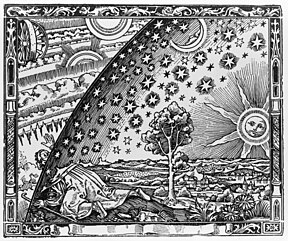For the couple who enjoyed sailing, the way or journey
became a “voyage” and the need for a vessel to carry us, a reliable navigator to
guide us and a port to call home lent itself as a suitable metaphor for Jesus
help in our journey through death. So,
how could this sermon evolve?
The popular poem “What is Dying” - Attributed to Bishop
Brent, suggests the positive metaphor of a ship vanishing over the horizon for
the departure of a loved one:
A ship sails and I stand watching till she fades on the horizon
and someone at my side says, ’She is gone!’
Gone where?
Gone from my sight, that is all.
She is just as large now as when I last saw her.
Her diminished size and total loss from my sight is in me, not in her.
And just at the moment when someone at my side says,
’She is gone’, there are others who are watching her coming over their
horizon,
and other voices take up a glad shout,
’There she comes!’
That is what dying is.
An horizon and just the limit of our sight.
Lift us up, Oh Lord, that we may see further
 |
| The famous "Flat Earth" Flammarion engraving 1888 |
A better metaphor for a sailor would be the proof that the
first circumnavigation
of the world would have offered. I was
going to use Magellan as my example, but apparently he died on the journey leaving Elcano
to finish the voyage, along with just 17 others. But the point is they came back. By the middle ages, few believed that
the Earth was flat, and so they knew in their hearts that they wouldn’t
just fall off the edge. But it remained
a theoretical hope that they could sail off into the east and return from the west,
until someone actually did it.
And so it was the same for the disciples. The hope of resurrection was held by the Pharisees,
and Jesus
corrected the Sadducees who argued against it. But it would remain a hope until Jesus
returned from the dead. For some, this
would be proof. But, as Jesus predicted,
even that
proof wouldn’t be enough for others (at the end of the parable of the Rich
Man and Lazarus).
But a funeral is not really the place for apologetics, so
the sermon included just this: “Jesus
doesn’t leave us with a vague hope of life after death. He has gone ahead to show us that
resurrection is real, that there is a new land over the horizon. Jesus has explored beyond the edge of our
known world and tells us what lies beyond.
Seafarers no longer fear that they might sail off and fall over the edge
of the world, because someone sailed right round and came back again. That is what Jesus has done with death, so we
too can face that journey with hope.”